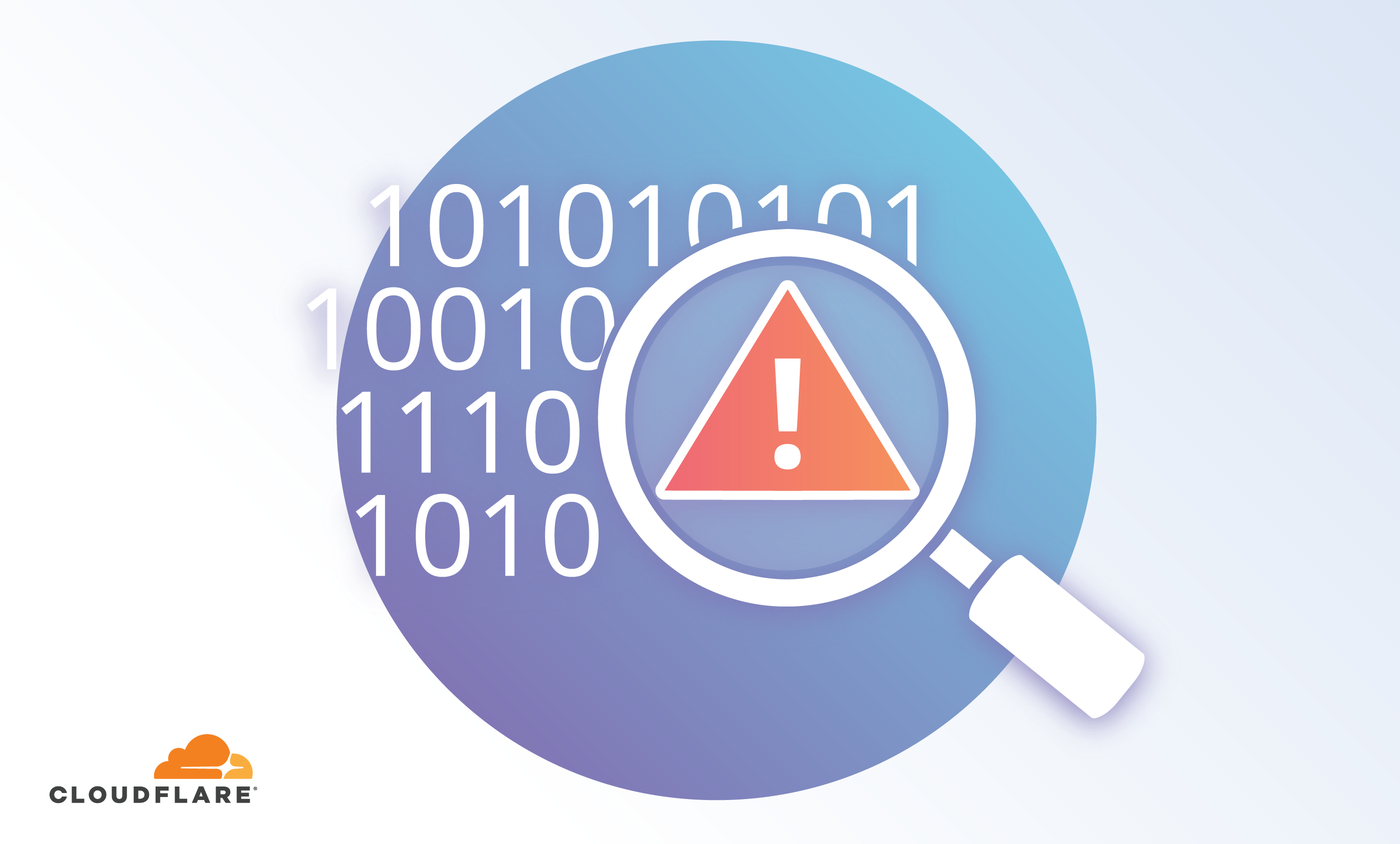KT Picks Oracle’s Policy Control Function Platform for Its 5G Network
 The 5G PCF platform acts as the policy management function of the 5G control plane. It’s also one...
The 5G PCF platform acts as the policy management function of the 5G control plane. It’s also one...
Managing Automation – Fighting Fear of Job Justification
Dear Employees
We have decided to implement automation in our environment because robots and programs are way better than people. We will need you to justify your job in the next week or we will fire you and make you work in a really crappy job that doesn’t involve computers while we light cigars with dollar bills.
Sincerely, Management
The above letter is the interpretation of the professional staff of your organization when you send out the following email:
We are going to implement some automation concepts next week. What are some things you wish you could automate in your job?
Interpretations differ as to the intent of automation. Management likes the idea of their engineering staff being fully tasked and working on valuable projects. They want to know their people are doing something productive. And the people that aren’t doing productive stuff should either be finding something to do or finding a new job.
Professional staff likes being fully tasked and productive too. They want to be involved in jobs and tasks that do something cool or justify their existence to management. If their job doesn’t do that they get worried they won’t have it any longer.
We Are on This Road Together

Twenty-six-year-old software engineer Akah Harvey N L has fun building things and sharing his knowledge with local communities in Cameroon. While an undergraduate, Akah took part in the Google Summer of Code, giving him the opportunity to develop an application for one of the largest software organizations in the world. He is now a code reviewer for the online learning platform, Udacity, and leads software development training at Seven Academy in Cameroon. Akah is a 25 under 25 awardee and a cofounder of Traveler, a road safety and emergency app.
I am a software engineer and it’s hard to talk about anything I do without talking about the Internet. Beyond using the Internet for communication – reducing the distance between people with a speed that’s yet unrivaled – lies the gamut of useful services that help me accomplish my day-to-day tasks, like running client-server applications, downloading tools for my work, synchronizing software projects, collaborating on global impactful software projects with people I have never met, mentoring people online who are learning how to code on MOOC platforms, and even traveling the world. The ways in which the Internet simplifies peoples’ lives is difficult to accurately quantify. From social media Continue reading
Containers in Telcos – Are We There Yet?
 Will the NFV legacy trip up telcos’ leapfrog into containers?
Will the NFV legacy trip up telcos’ leapfrog into containers?
Some Thoughts on Digital Transformation

It was my privilege to host a panel during ONUG London 2018 and my face was shoved in front of a camera as part of the package. I surprised myself here with ‘thought lording’ about digital transformation that seems to be intelligent and coherent. I extracted best and relevant bits into this video. Here are […]
The post Some Thoughts on Digital Transformation appeared first on EtherealMind.
Video: Automating Simple Reports
Network automation is scary when you start using it in a brownfield environment. After all, it’s pretty easy to propagate an error to all devices in your network. However, there’s one thing you can do that’s usually pretty harmless: collect data from network devices and create summary reports or graphs.
I collected several interesting solutions created by attendees of our Building Network Automation Solutions online course and described them in a short video.
Want to create something similar? No time to procrastinate – the registration for the Spring 2019 course ends tomorrow.
Check Point GAiA as Personal Firewall on Linux – Part2
This is the second part of the tutorial that aims to deploy Check Point Gaia as a personal firewall under Linux. Let' assume that we have created underlying network infrastructure with the scripts create_taps.sh and bridge_interfaces.sh in Part1. This part goes further and explains Gaia installation on QEMU virtual machine (VM). We will use the same network topology depicted on the Picture 1.1 of the part 1. Let's start with the point 2.

Picture 1.1 Network Topology
2. Checkpoint Gaia Installation
First, we need to create an empty qcow VM disk with qemu-img utility as we want to install Gaia into this image.
$ /usr/local/bin/qemu-img create -f qcow2 checkpoint.img 100G
As we downloaded Gaia ISO image in the part1 of the tutorial, we can start Checkpoint Gaia VM machine with the ISO attached to Qemu cdrom.
$ sudo /usr/local/bin/qemu-system-x86_64 -m 4096M -enable-kvm -smp 2 \
-boot d -cdrom Check_Point_R80.10_T462_Gaia.iso checkpoint.img \
-netdev tap,id=net0,ifname=tap0,script=no,downscript=no \
-device e1000,netdev=net0,mac=00:11:22:33:44:00 \
-netdev tap,id=net1,ifname=tap1,script=no,downscript=no \
-device e1000,netdev=net1,mac=00:11:22:33:44:01 \
-netdev tap,id=net2,ifname=tap2,script=no,downscript=no \
-device e1000,netdev=net2,mac=00:11:22:33:44:02
Below are the configuration options.
Select:
- Install Gaia on this system
- Proceed with the installation
- Keyboard - US
- Partition Continue reading
The Curious Case of the Garden State Imposter


Dealing with abuse complaints isn’t easy, for any Internet company. The variety of subject matters at issue, the various legal and regulatory requirements, and the uncertain intentions of complaining parties combine to create a ridiculously complex situation. We often suggest to those who propose easy answers to this challenge that they spend a few hours tracking the terminal of a member of our Trust & Safety team to get a feel for how difficult it can be. Yet even we were a bit surprised by an unusual abuse report we’ve been dealing with recently.
Last week, we received what looked like a notable law enforcement request: a complaint from an entity that identified itself as the “New Jersey Office of the Attorney General” and claimed to be a notice Cloudflare was “serving files consisting of 3D printable firearms in violation of NJ Stat. Ann. § 2C:39-9 3(I)(2).” The complaint further asked us to “delete all files described within 24 hours” and threatened “to press charges in order to preserve the safety of the citizens of New Jersey.”
Because we are generally not the host of information, and are unable to remove content from the Internet that we don’t Continue reading
Lenovo’s Charles Ferland Discusses A Comprehensive, Consolidated Approach to CSP Digital and Network Transformation
 Charles Ferland, Lenovo Vice President and Manager discusses the company’s comprehensive,...
Charles Ferland, Lenovo Vice President and Manager discusses the company’s comprehensive,...
Oman Data Park Adds Fortinet SD-WAN to Its Managed Services Portfolio
 This extends a 7-year partnership between the Oman-based service provider and Fortinet.
This extends a 7-year partnership between the Oman-based service provider and Fortinet.
Google Gets Aggressive, Pledges $13B for US Data Centers and Offices
 This will include “major expansions” in 14 states and “tens of thousands” of new employees,...
This will include “major expansions” in 14 states and “tens of thousands” of new employees,...